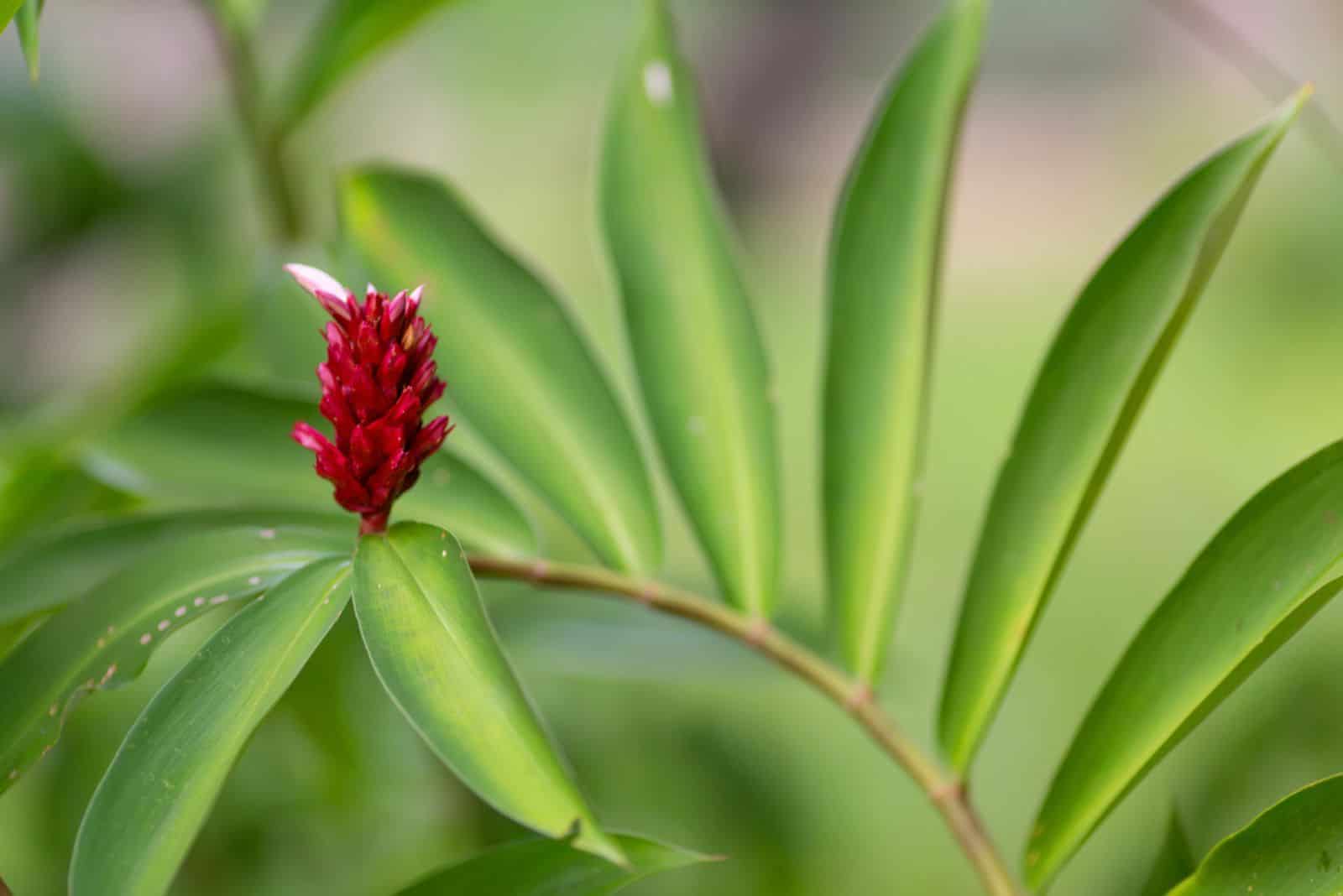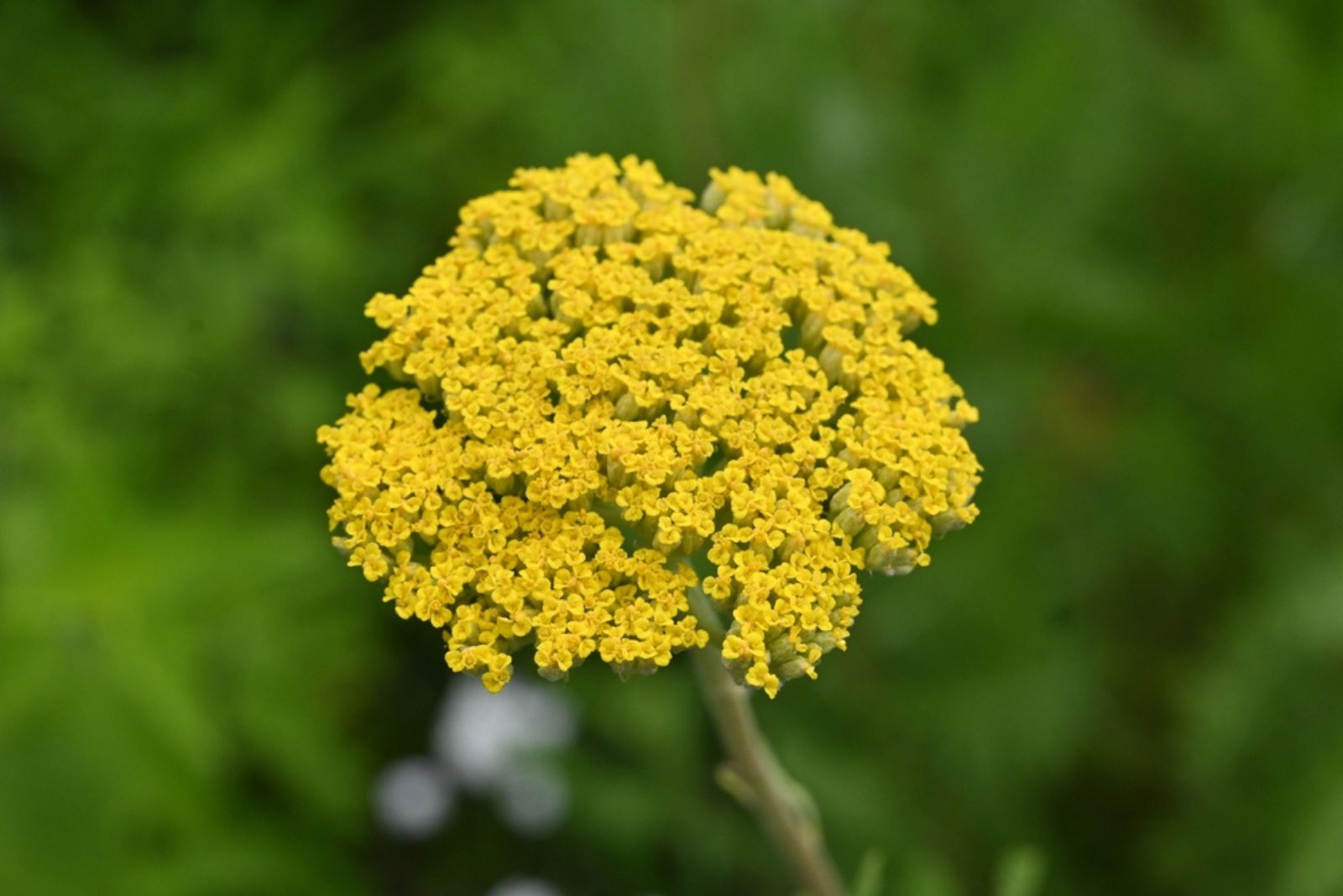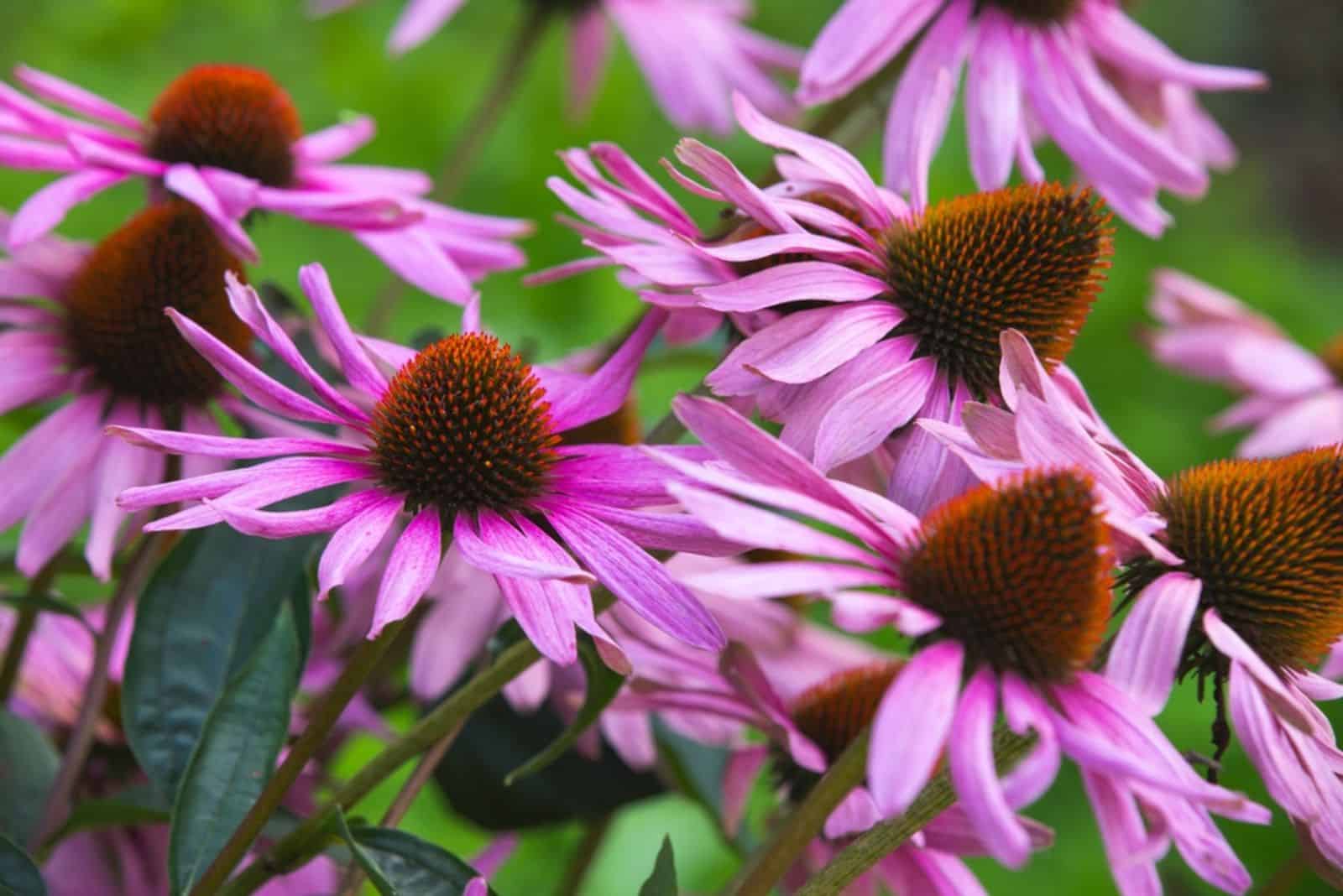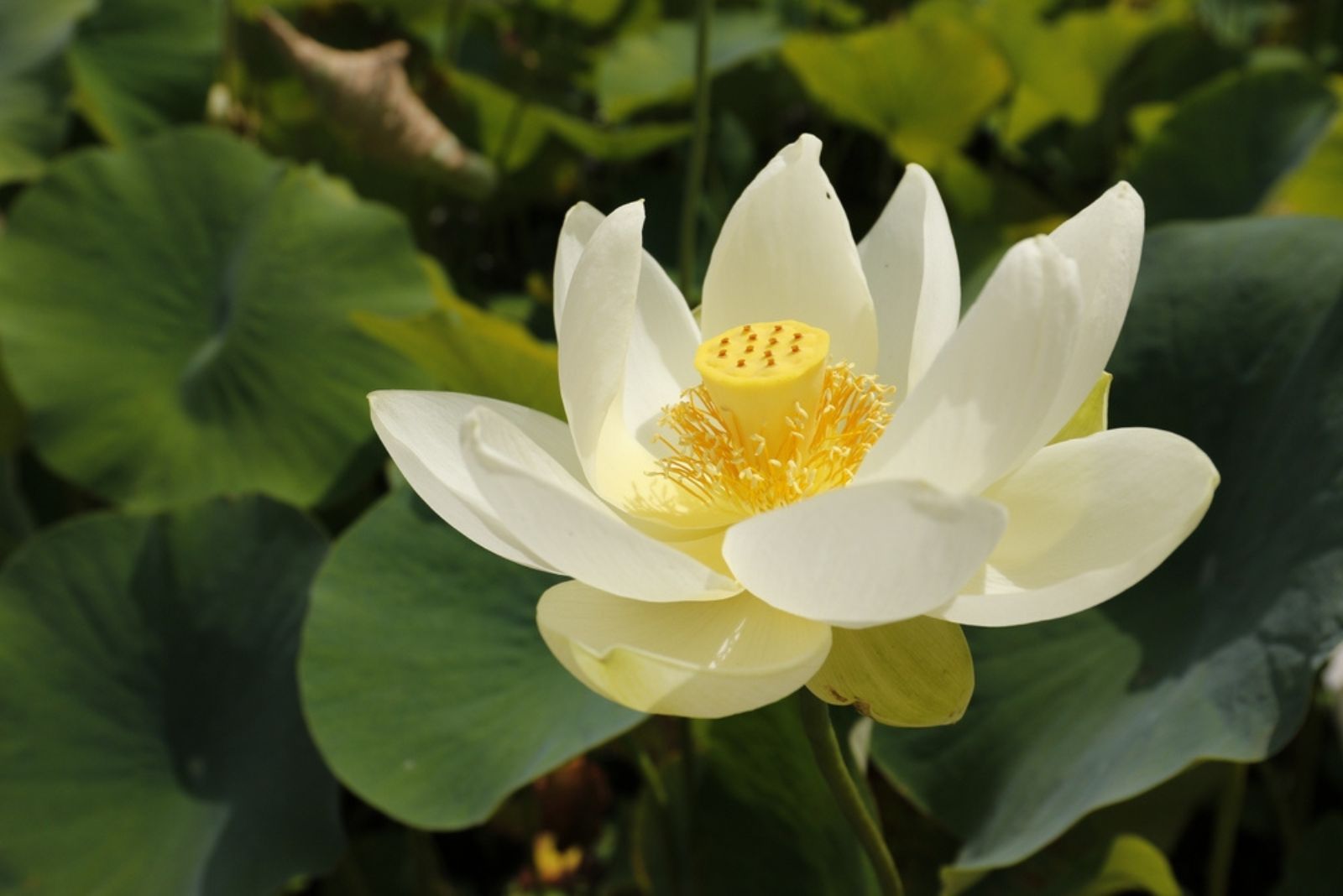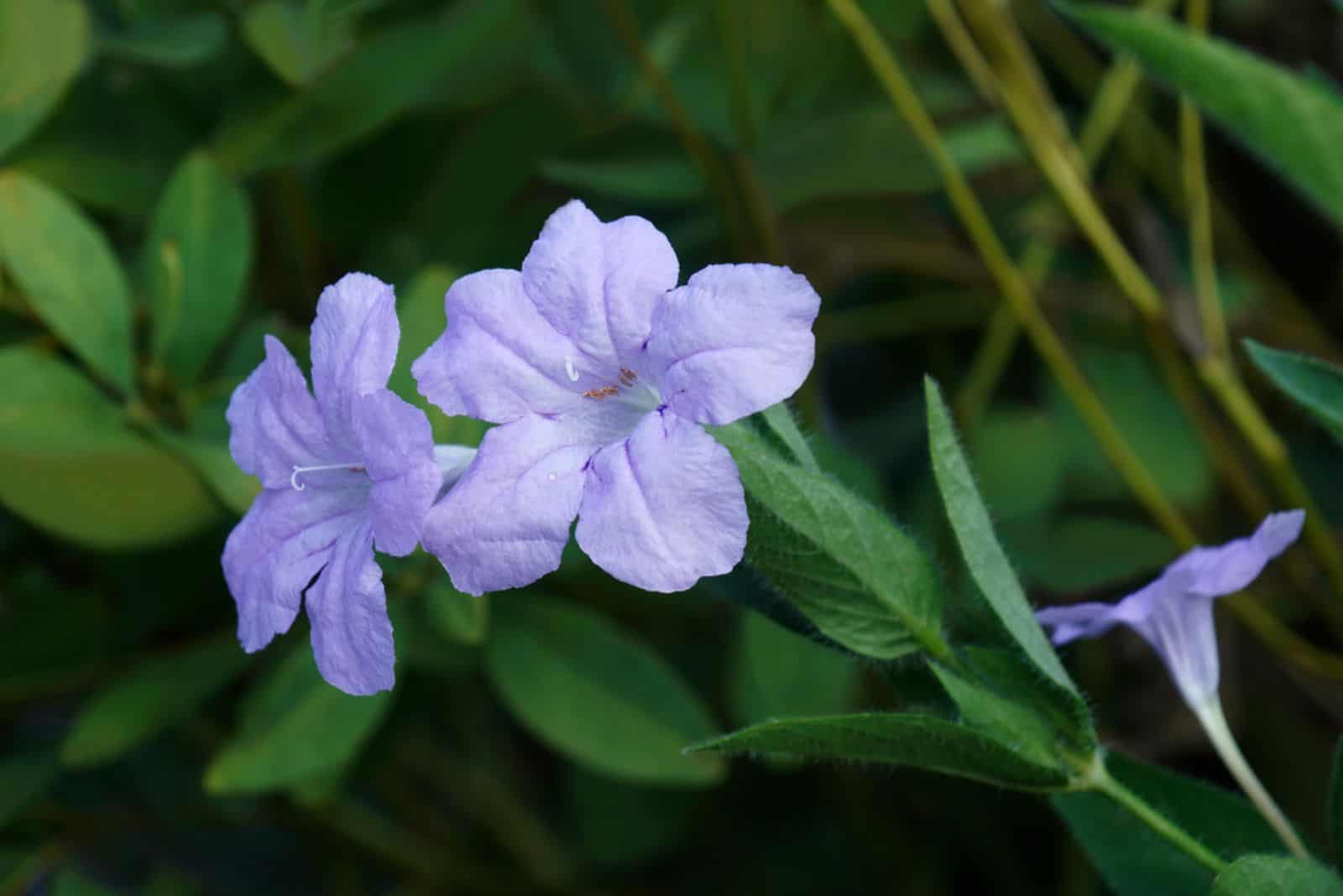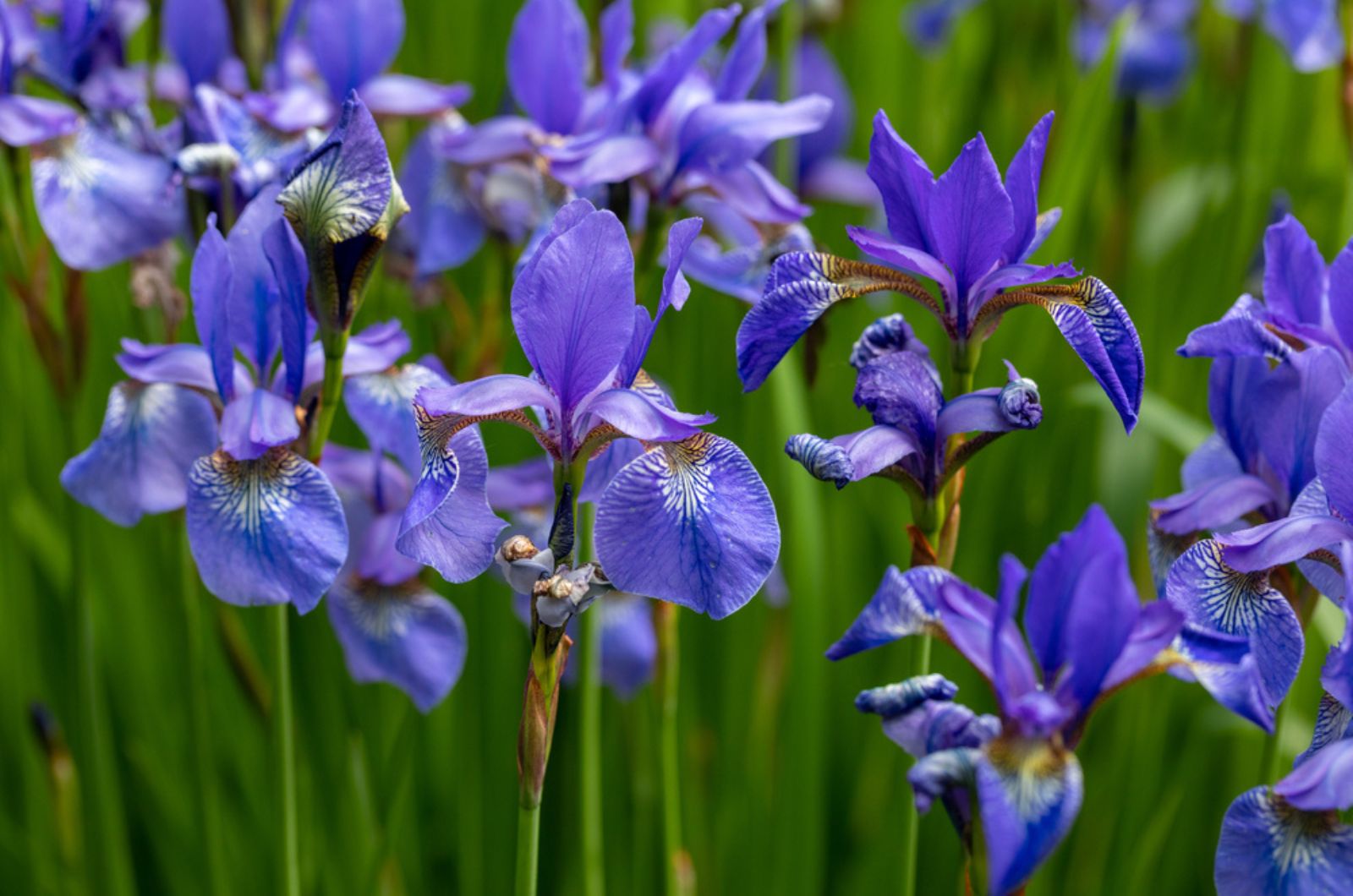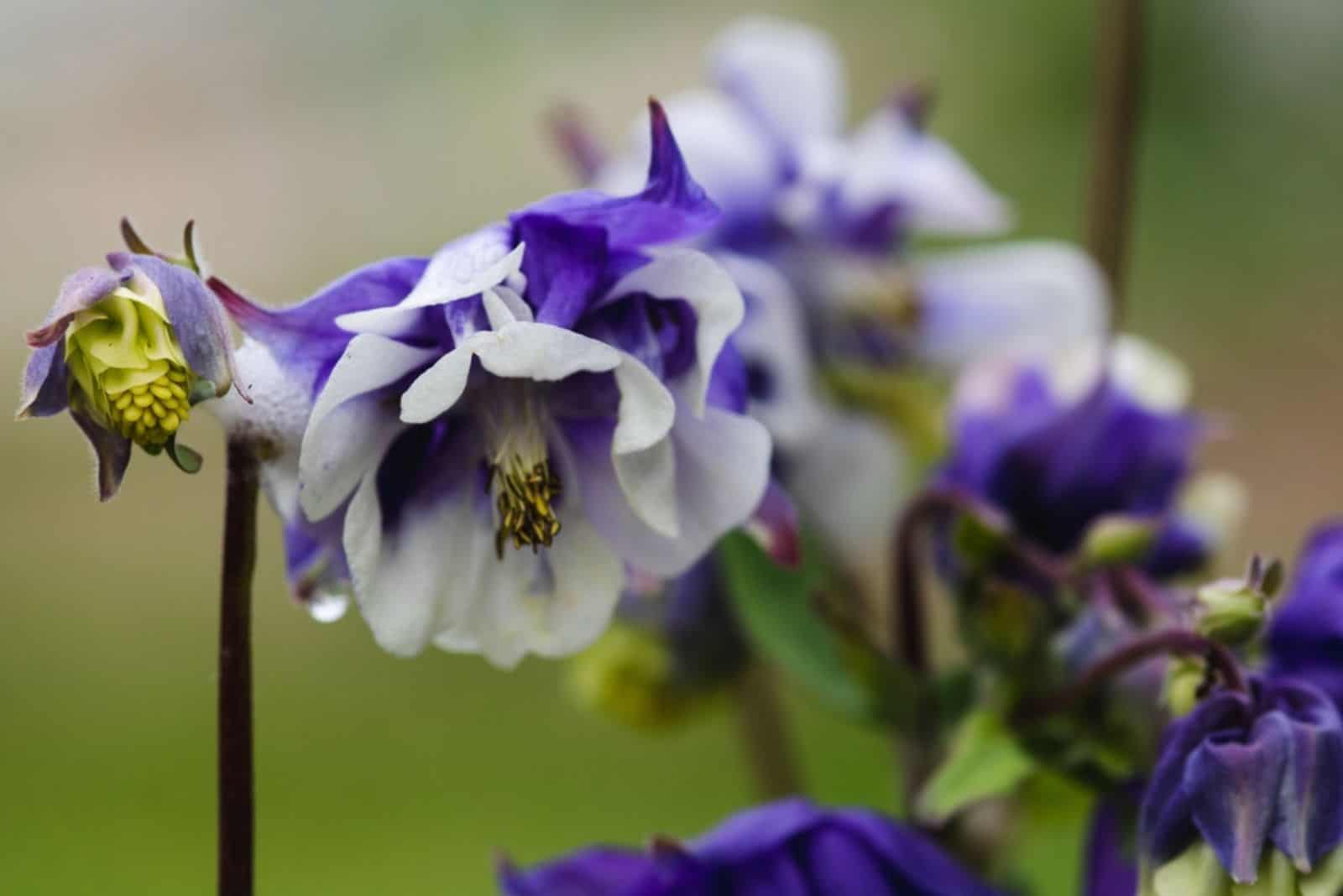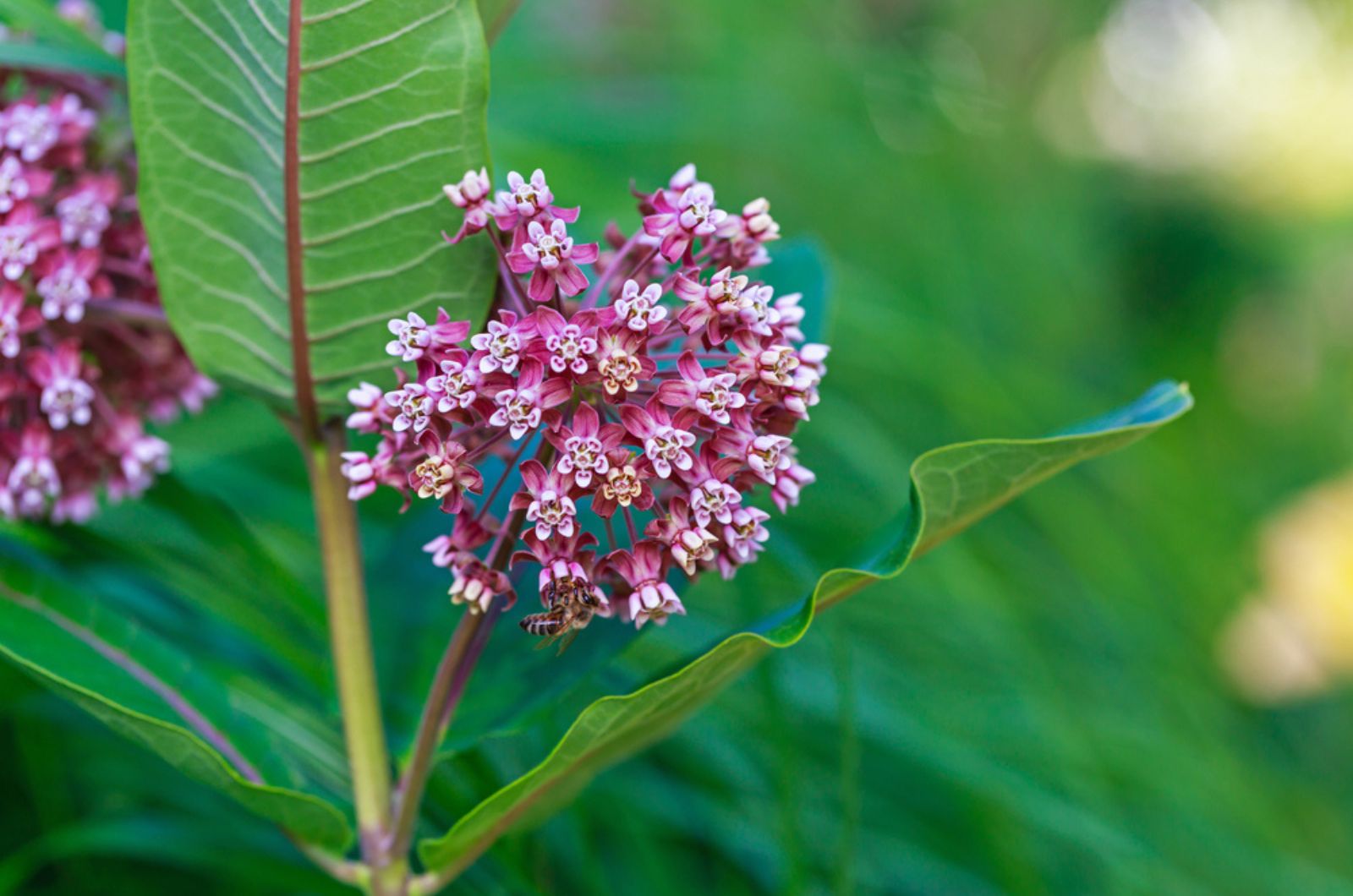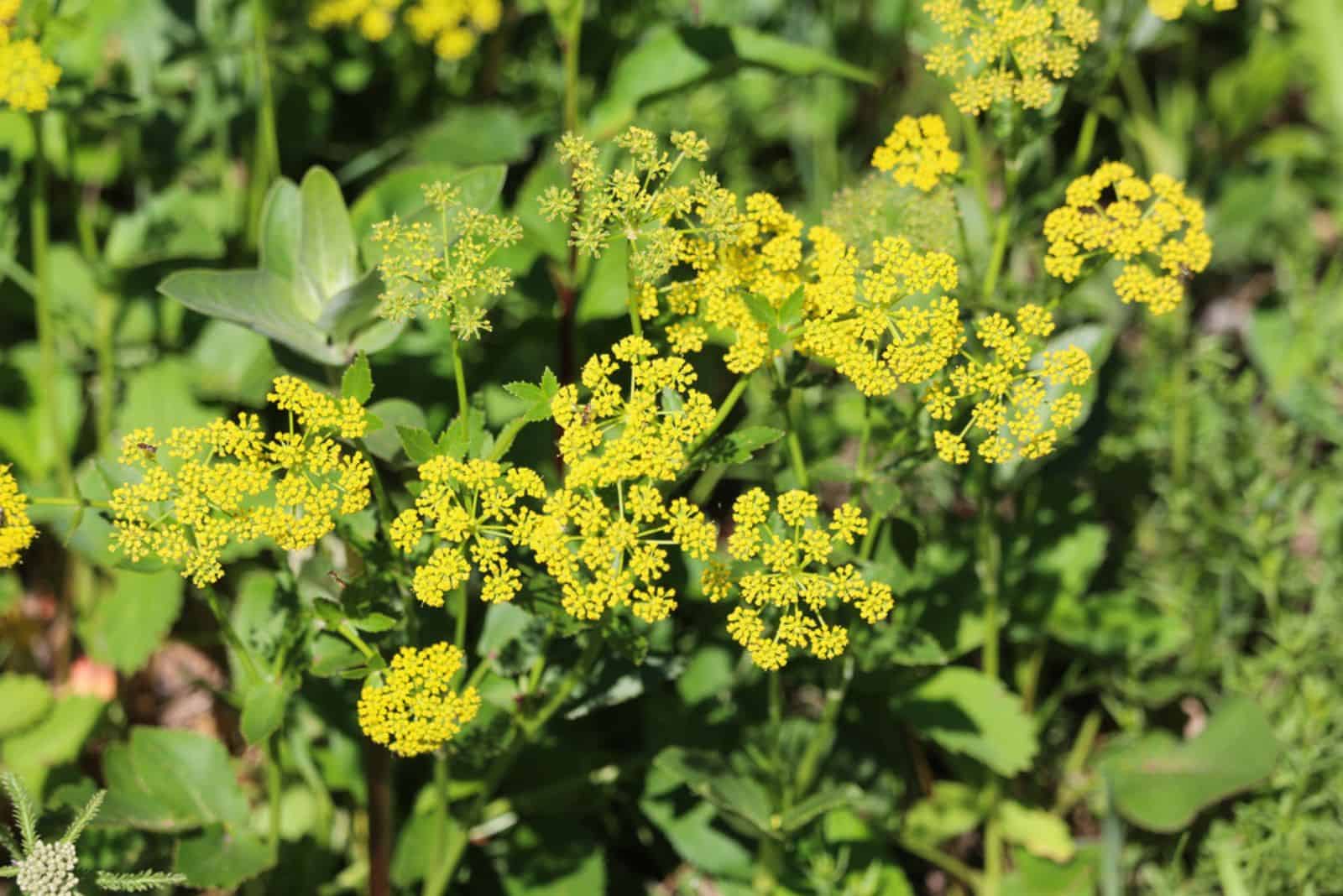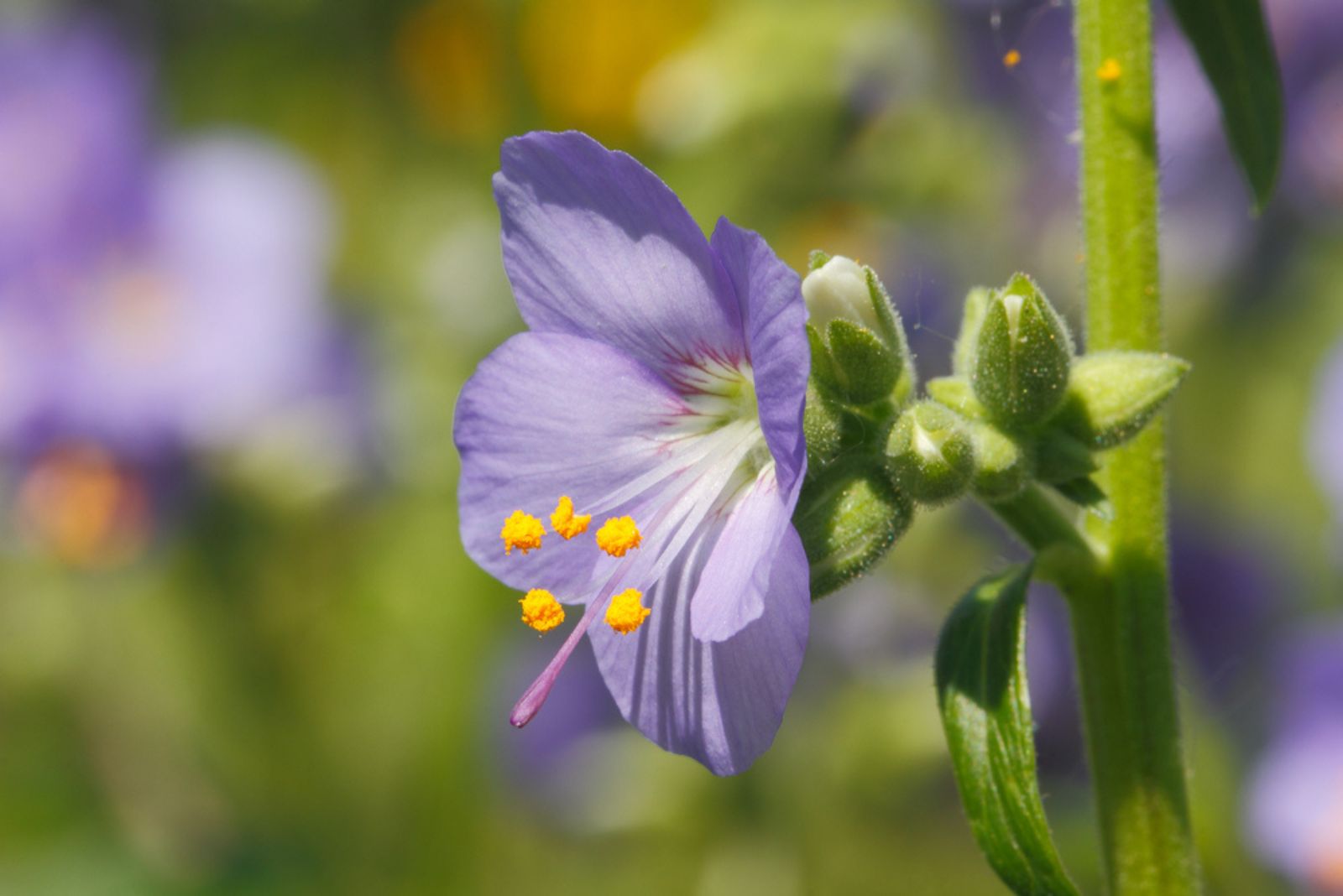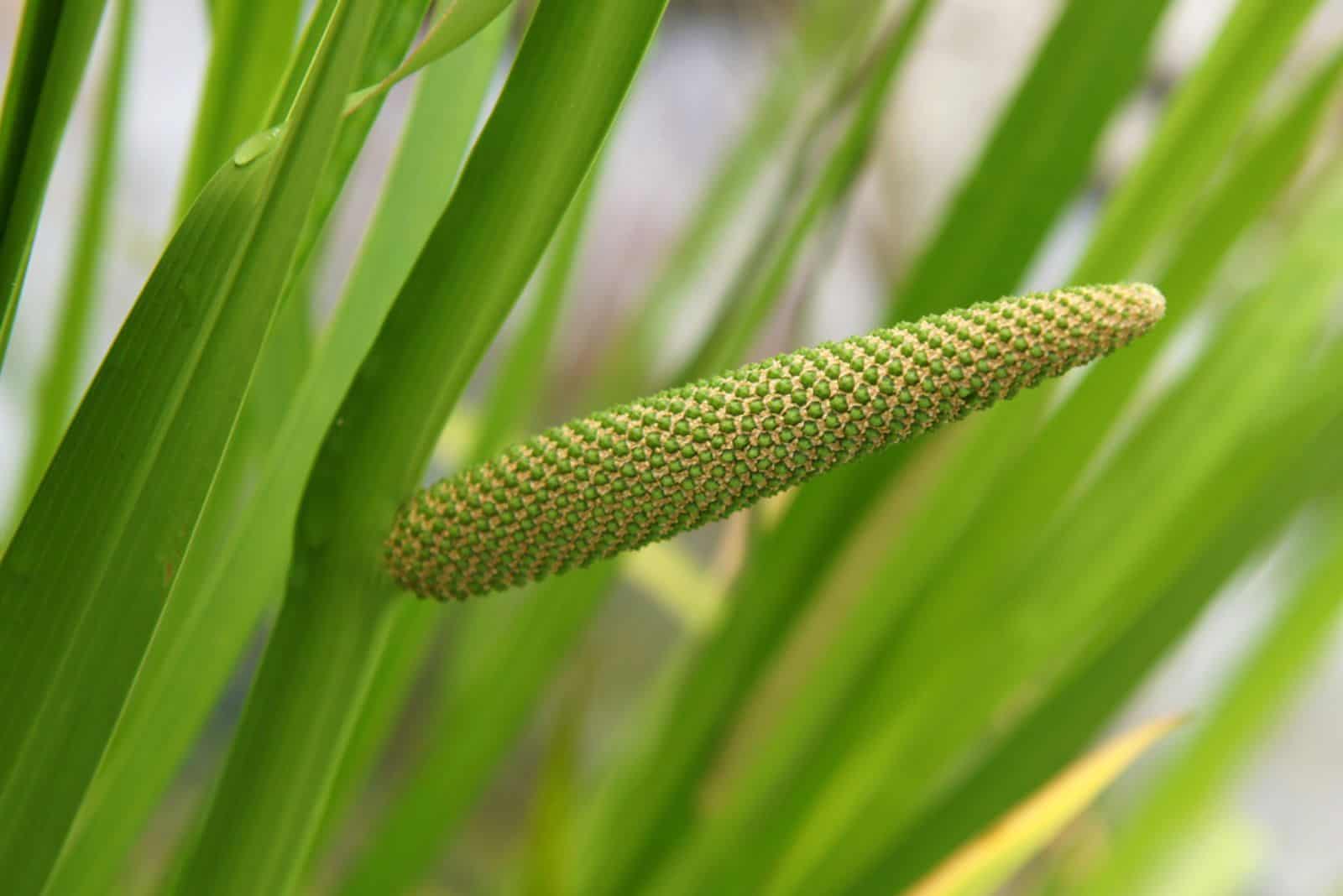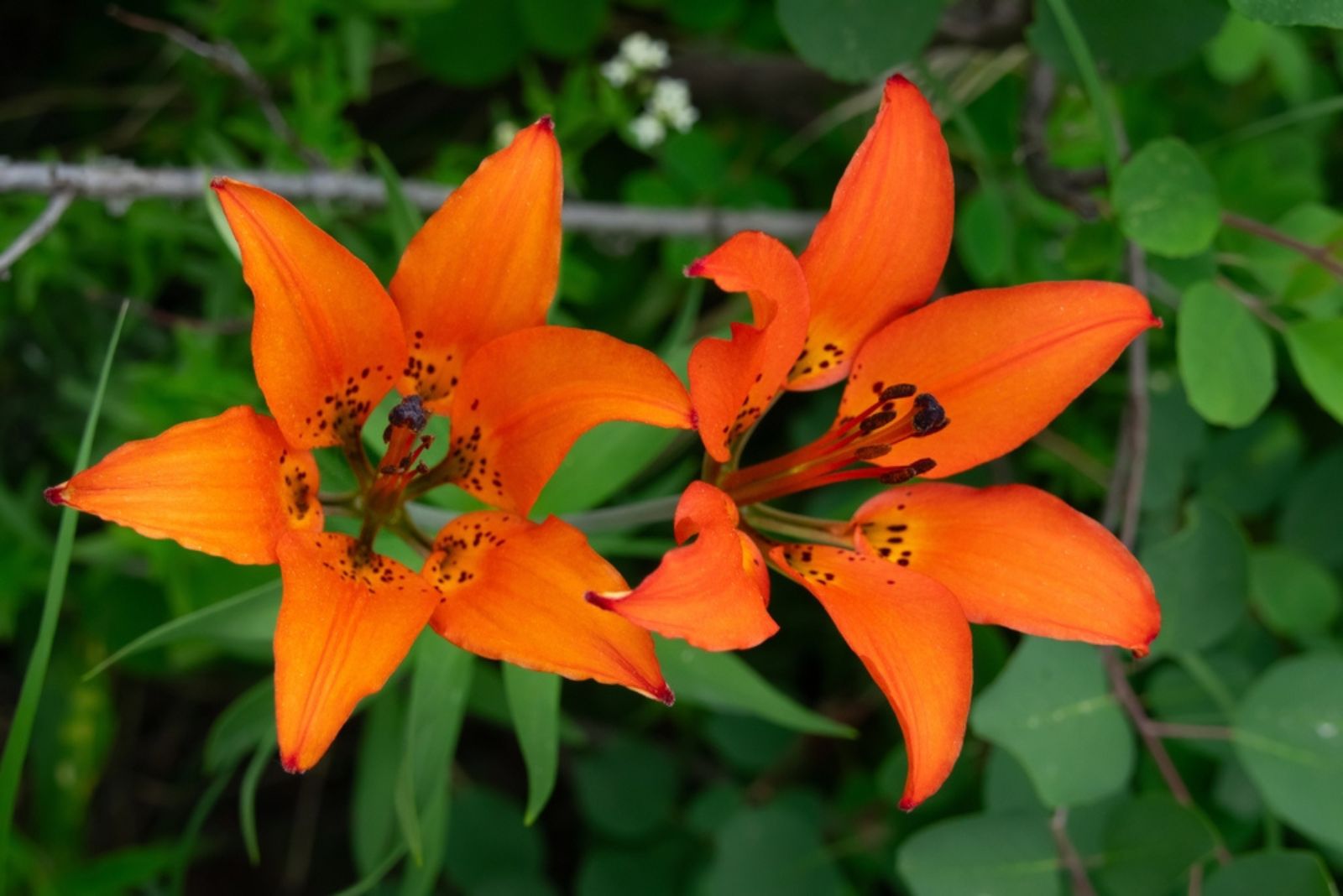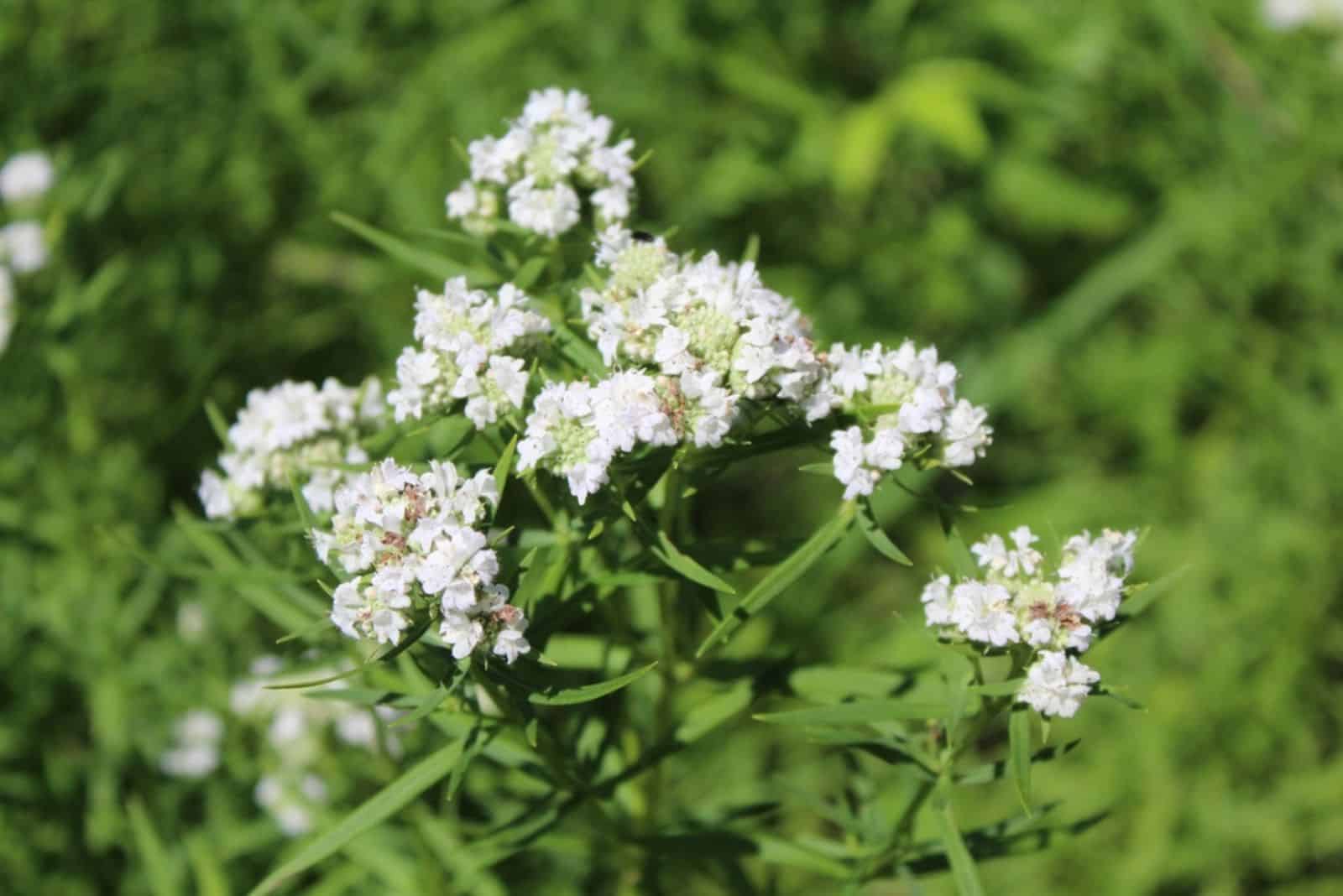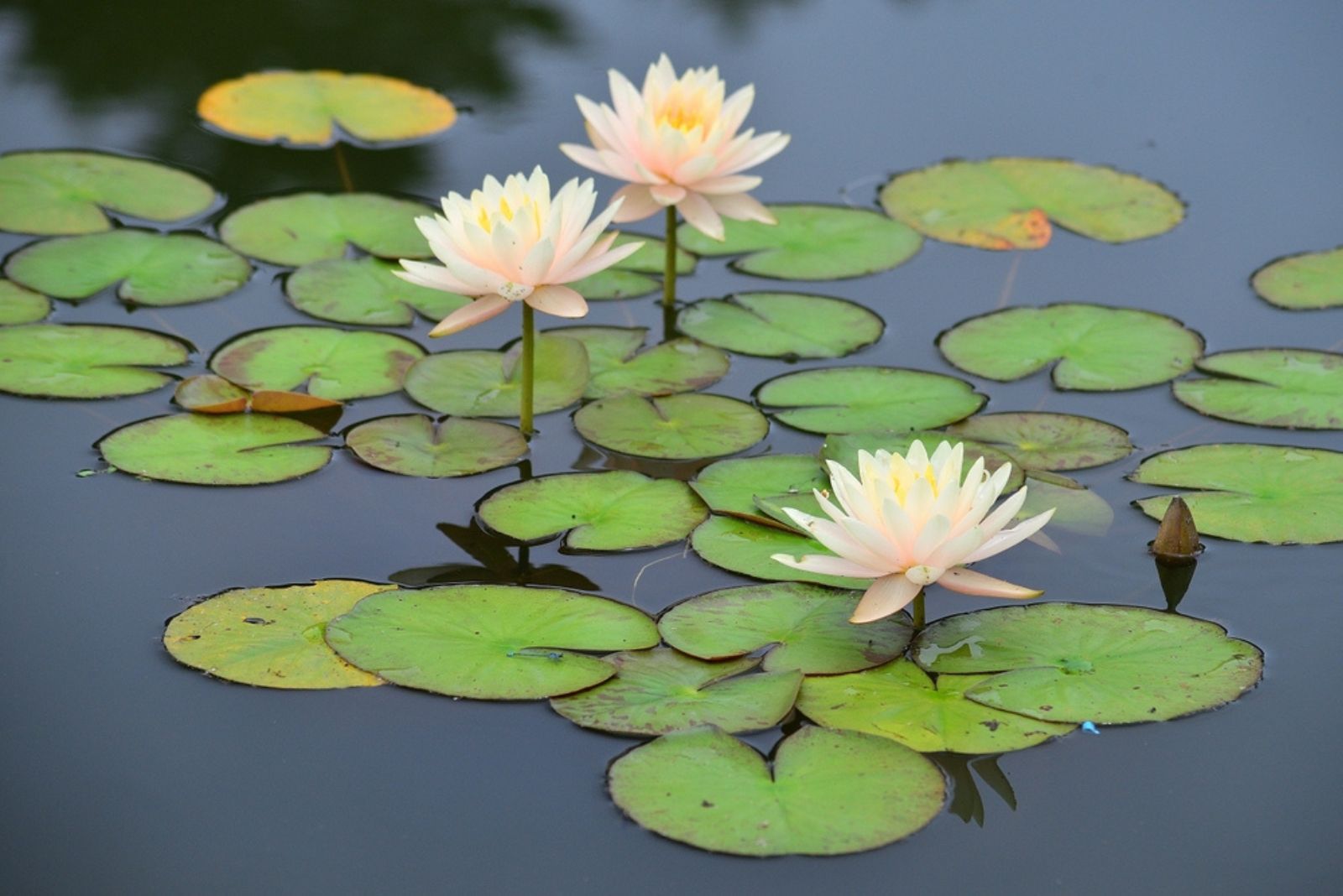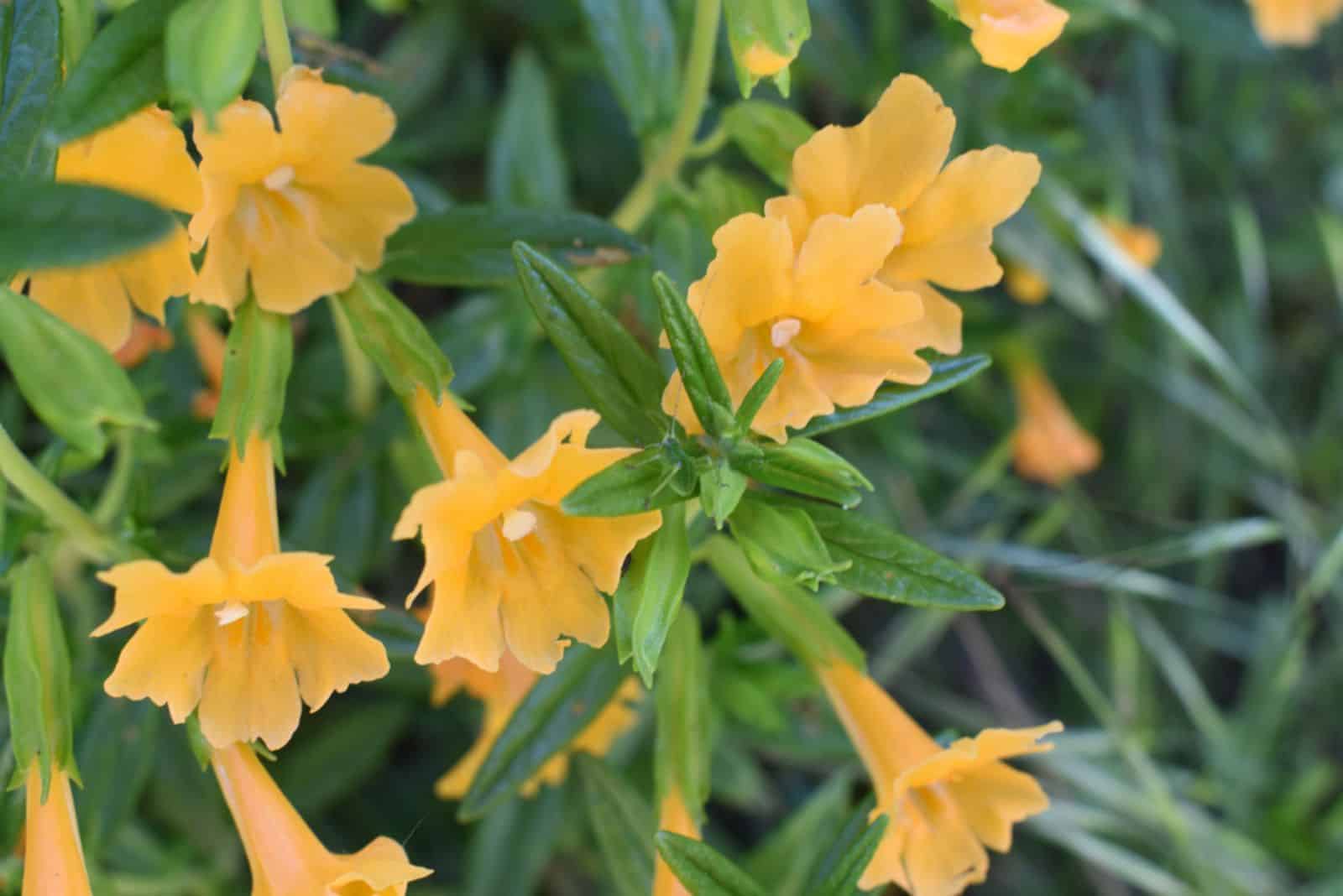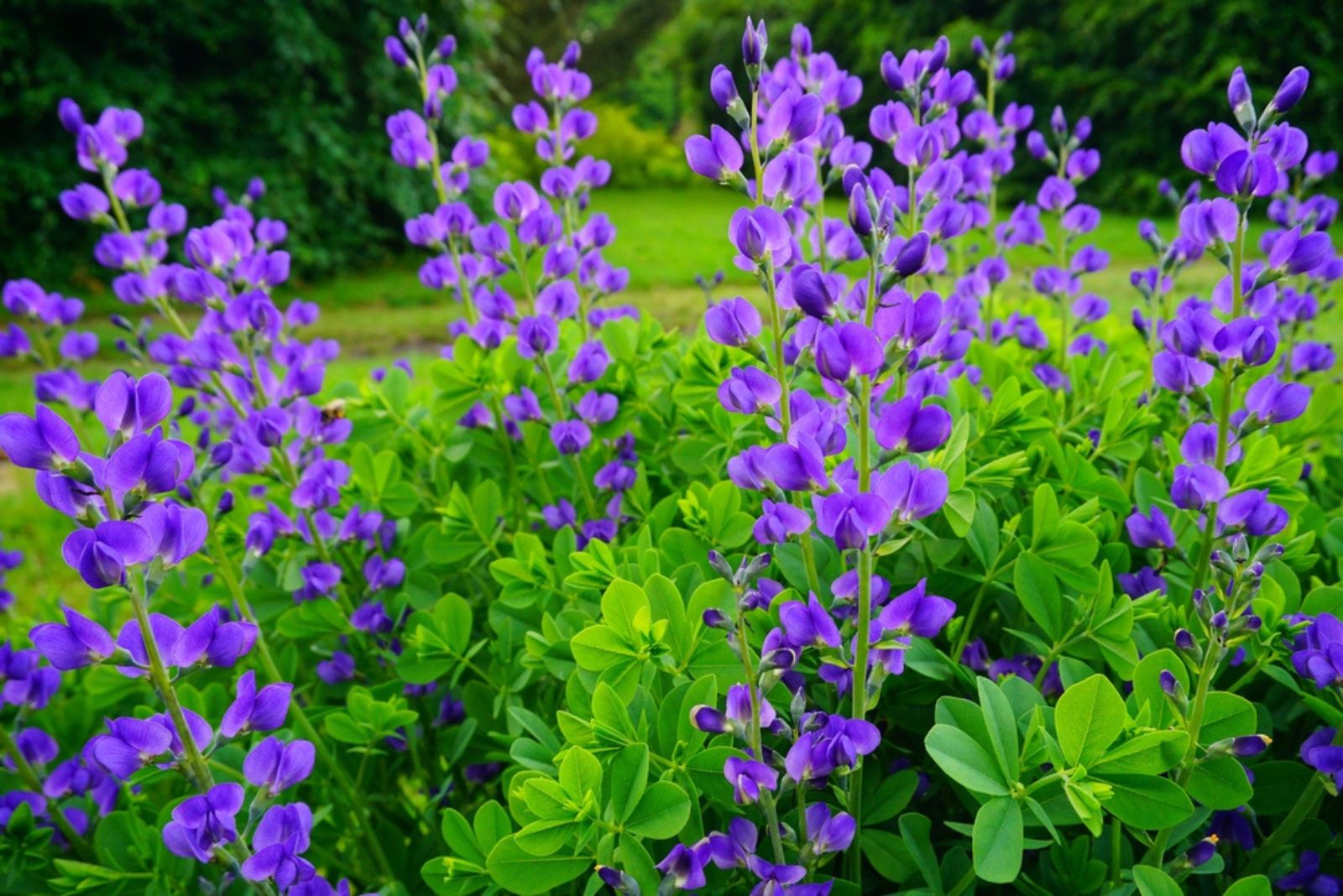Growing native plants in the garden is always a good idea; you won’t have to worry about weather changes because these plants can endure it all!
Today we are going to talk about Iowa native plants. You are lucky if you live in Iowa because it’s home to a rich variety of native plants that are well-adapted to the region’s unique climate and soil conditions.
From vibrant wildflowers to hardy grasses, these plants not only enhance the beauty of your surroundings but also support local ecosystems and wildlife.
So, let’s explore some Iowa native plants, their growing requirements, and the benefits they can bring to your garden!
Why Grow Native Plants?
Iowa is positioned in the middle of the continent, which means that it has a standard four season climate. The summers are long, hot, and humid, and the winters are cold, dry, and windy.
Even though the state does have some winter snowfall, it is often less than what is experienced in states farther to the north and east of Iowa.
Ash, elm, and hickory trees can be found in wooded areas that naturally flourish along rivers and hilly regions of the state.
Choose plants according to the zone and climate in your area. There are a lot of plants that are relatively easy to grow and produce colorful blooms that create beautiful scenery.
The Prettiest Iowa Native Plants
1. Wild Ginger (Asarum Canadense)
Wild ginger, otherwise known as Asarum canadense, is a low-growing plant that produces heart-shaped leaves and lovely red flowers that are often hidden behind the foliage.
This plant typically grows about 6 to 12 inches tall and spreads through rhizomes to form dense groundcovers. So, if you are looking for a ground cover in Iowa, Wild ginger is the perfect candidate!
Wild ginger grows well in partial shade and well-draining soil, which should be kept moist. It can tolerate different soil conditions, including clay and loam. This ground cover requires minimal pruning and fertilization.
As well as making your garden look lovely with its alluring leaves and flowers, this perennial herb also plays a crucial role in supporting local wildlife.
It provides food and habitat for beneficial insects like bees and butterflies, and it can also help control soil erosion!
2. Yarrow (Achillea Millefolium)
Yarrow is one of the longest blooming perennials out there!
With its small, colorful flowers and feathery, fern-like foliage, yarrow can truly add a touch of elegance to any garden or landscape. This hardy plant can grow up to 3 feet tall and its compact, upright growth makes it suitable for borders and container gardening.
Yarrow grows best in full sun and well-draining soil. It can adapt to various soil types, such as rocky or clay. This plant won’t tolerate constantly moist soil.
Due to its strong fragrance, yarrow is great for attracting pollinators like ladybugs and bees. It is also known for its medicinal properties and is used in herbal remedies and teas.
3. Purple Coneflower (Echinacea Purpurea)
Purple coneflower is a beautiful and popular perennial plant that produces vibrant purple flowers resembling daisies. Echinacea typically grows up to 5 feet tall and spreads 1 to 2 feet wide.
Tall and sturdy stems make it a great addition to borders, or as a focal point in the garden. Its prominent flower colors and mesmerizing fragrance capture everyone’s attention!
These flowers bloom from April to September and they are a valuable food source for beneficial insects. In addition, they can be used in herbal remedies and teas.
Purple coneflowers can grow in both full sun and partial shade. They require well-draining soil that’s relatively dry. Deadheading spent flowers is also recommended to encourage continuous blooming.
4. American Lotus (Nelumbo Lutea)
American lotus, also known as Nelumbo lutea or Yellow lotus, is a beautiful perennial plant known for its large, round, and yellow flowers that rise above the water on long stalks that can grow up to 6 feet tall.
Its big floating leaves and unique seed pods make a great addition to natural ponds and water gardens. These large leaves provide shade and shelter for fish, while its flowers attract pollinators such as bees and butterflies.
Since it requires consistent moisture, a lotus can be grown without soil. It prefers shallow water such as ponds, marshes, or the muddy edges of the lakes. American lotuses thrive in full sun to partial shade.
5. Wild Petunia (Ruellia Humilis)
Wild petunia is a charming wildflower that produces delicate, purple, trumpet-shaped flowers that have a long blooming period. It also has lovely lance-shaped leaves that combine perfectly with the flowers.
With their nectar-rich flowers, wild petunias can attract various pollinators, including bees, butterflies, and hummingbirds.
These lovely petunias can grow up to 2 feet tall. Due to their compact growth, they can be grown as ground covers and in rock gardens or borders.
Wild petunias thrive in full sun and partial shade. These plants can tolerate different soil types and are drought tolerant once established.
6. Blue Flag Iris (Iris Versicolor)
This captivating perennial, also known as Harlequin blue flag and Northern blue flag, produces mesmerizing blue to purple flowers, and sword-like leaves. It thrives in wetland areas such as streams, marshes, and the edges of ponds.
It can grow up to 3 feet tall and forms clumps of leaves. Its flowers rise above the leaves on sturdy stalks, creating a beautiful display. They are also great for attracting pollinators.
Blue flag irises grow well in full sun, but can also tolerate partial shade. They thrive in moist and wet soil. Once established, they require minimal maintenance, just always be on the lookout for pests such as aphids.
7. Columbine (Aquilegia Canadensis)
Columbine is a deer-resistant perennial that exhibits unique red, yellow, and orange flowers. These flowers hang gracefully from slender stems, adding a touch of elegance to the garden. They bloom from May to June.
Columbine usually reaches a height of 1 to 3 feet. It has a clumping growth habit and works well in borders, woodland gardens, or naturalized areas.
While they are great for deterring deer, columbine flowers are even better at attracting butterflies and hummingbirds. With these flowers, your garden will look like a fairytale!
These plants grow well in full sun and partial shade. They can tolerate different soil types, but grow best in moist and nutrient-rich soil. To retain moisture, regular watering and mulching are required.
8. Butterfly Milkweed (Asclepias Tuberosa)
Here is yet another plant perfect for butterfly gardens!
This is one of many milkweed varieties that can grow and thrive in Iowa. These plants produce vibrant yellow-orange flowers and lance-shaped foliage. They attract a wide range of pollinators, especially the Monarch butterfly.
Milkweed typically grows up to 2 feet tall and can spread about 1 to 1.5 feet. Find the sunniest spot for them in the garden, and watch them grow and thrive!
Besides full sun exposure, they require well-draining soil. These are drought tolerant plants that can adapt to various soil conditions. Once established, milkweeds require minimal watering.
9. Golden Alexanders (Zizia Aurea)
This native perennial wildflower is known for its clusters of small yellow flowers that grow on slender stems. Its feathery, compound leaves add texture and interest to the garden. Zizias usually grow up to 3 feet tall.
These yellow flowers are great for attracting a variety of pollinators, including bees, butterflies, and other beneficial insects. They provide a food source for caterpillars, especially swallowtail varieties.
The Golden Alexanders grows well in full sun and partial shade. These plants prefer moist to wet soils. Regular watering and mulching helps to maintain moisture levels.
10. Jacob’s Ladder (Polemonium Reptans)
This is a herbaceous perennial plant that produces fern-like leaves and clusters of bell-shaped flowers which grow in a variety of colors, including blue, purple, and white. The leaves are arranged in a ladder-like pattern, hence the name.
Their elegant foliage and delicate blooms add soft and calming effects to the garden, and they also attract pollinators such as bees and butterflies.
These herbs thrive in partial to full shade. They also prefer well-draining soils that are kept moist. This is why you should add mulch around the plant’s base and water them regularly.
11. Sweet Flag (Acorus Calamus)
This is a unique semi-aquatic plant that produces long, strap-like leaves that grow quite densely. Sweet flags are often grown in wetlands and bog gardens, as well as near ponds and streams.
The leaves are also fragrant and add a pleasant aroma to the garden. They are relatively easy to grow, and they can adapt perfectly to growing conditions in Iowa.
These plants thrive in full sun and partial shade. They can tolerate standing water but they can also be grown in wet soil. Regular watering and occasional fertilization can promote healthy growth.
12. Prairie Lily (Lilium Philadelphicum)
Our Iowa native plants lists can’t be complete without the famous Prairie lily!
The Prairie Lily, also called Western Red Lily or Wood Lily, is a native perennial wildflower that exhibits showy, trumpet-shaped flowers in an orange to red color. Their vibrant flowers and lance-shaped leaves can truly spruce up any prairie or wildflower garden.
Not only do they create a beautiful display, but they also do an excellent job attracting pollinators and other beneficial insects!
The Prairie lily thrives in full sun to partial shade. It can adapt to different soil types. Regular watering during dry periods and adequate spacing between plants can promote optimal growth.
13. Mountain Mint (Pycnanthemum Virginianum)
Mountain mint is a perennial herb that produces aromatic leaves and small, white or pale pink flowers that usually grow in clusters.
Due to its minty fragrance, this plant is often used in herbal teas. However, it can also be used as a natural insect repellent.
Mountain mint can grow up to 3 feet tall, which is why it is usually grown as a border plant. It grows perfectly in both full sun and partial shade.
Although it can tolerate some drought, regular watering is required, especially during long dry periods. These plants can also adapt to various soil types.
14. Water Lily (Nymphaea)
Water lily is an aquatic plant that produces characteristic floating leaves and exquisite flowers that range in color from white and yellow to pink and purple. This captivating water plant is perfect for ponds, lakes, and water gardens.
Besides adding a touch of elegance to aquatic landscapes, water lilies can also attract pollinators and help oxygenate the water!
It thrives in full sun and prefers calm, still water with temperatures between 70 to 85 degrees Fahrenheit. Proper depth and good water quality are essential for its growth.
These flowers can also benefit from regular fertilization, which promotes healthy flower and foliage production.
15. Monkey Flower (Mimulus Ringens)
Monkey flower, otherwise known as Mimulus ringens, is a wildflower perennial that exhibits tubular-shaped flowers which come in shades of purple, lavender, or blue. Their unique patterns resemble the face of a monkey, hence the name.
Monkey flowers can grow up to 3 feet tall and are usually seen in moist areas and rainy gardens. This plant is great for attracting hummingbirds and butterflies.
It requires sun but it can tolerate some shade. Monkey flowers thrive in moist to wet soil. It can tolerate clay or loamy soil conditions. Mulching and regular watering are required to maintain moisture levels.
16. Blue False Indigo (Baptisia Australis)
We are ending our list with a beautiful, long-living perennial!
Blue False indigo produces blue to purple, pea-like flowers that grow on tall and sturdy stems. It also produces alluring blue to green foliage that forms a bushy or shrub-like appearance, which makes it an excellent choice for borders.
Baptisia typically grows about 3 to 4 feet tall. Its vibrant flowers are great for attracting pollinators and also for keeping critters like deer far away from the garden.
Blue False Indigo thrives in full sun and prefers well-draining soil. It is highly adaptable and can tolerate a variety of soil types, including sandy or clay. Once established, Blue False indigo is drought tolerant and requires minimal watering.
I hope you found this article useful.
Until next time!


